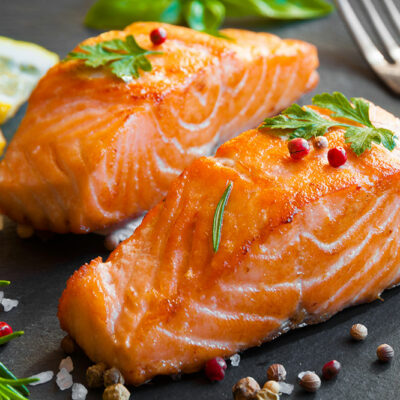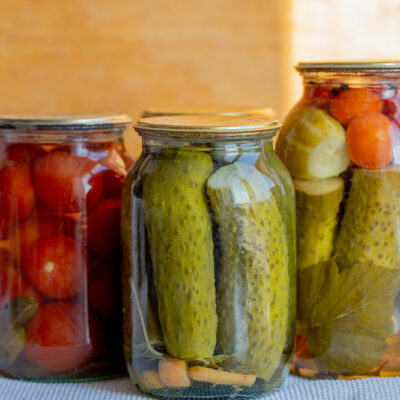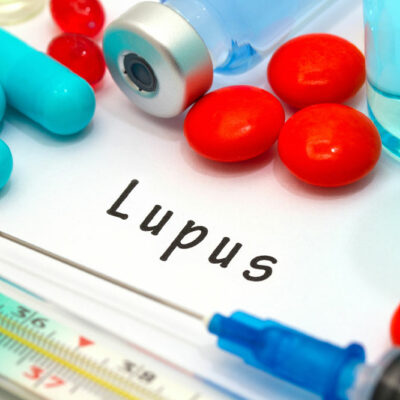
health
Macular degeneration: Nutrition and therapies that help manage it
Macular degeneration is a condition that compromises vision due to gradual deterioration of the retina. This condition is characterized in two segments: wet and dry macular degeneration. The ultimate symptom of both these conditions is loss of vision. However, wet macular degeneration also accompanies leaky blood vessels under the retina. This article focuses on a food regimen for macular degeneration and discusses medications and therapies that aim to improve the said condition. Foods to eat Spinach, kale, and carrots Vegetables that are dark in color are often recommended to patients with macular degeneration. They are high in carotenoid, a nutrient that is helpful in preventing vision loss. Some other vegetables that fit this category include sweet potatoes and colored peppers. Oranges and sweet lime Fruits that are a rich source of vitamin C help prevent vision loss and promote the build-up of collagen in the body. Generous amounts of collagen alleviate the build-up of leaky blood vessels, which is a symptom of wet macular generation. Besides oranges and sweet lime, fruits like pineapple, kiwi, and berries are also potent sources of vitamin C. Fatty fish Foods like fatty fish, nuts, seeds, and olive oil can help prevent the development of macular degeneration as they are rich in omega-3 fatty acids.




















